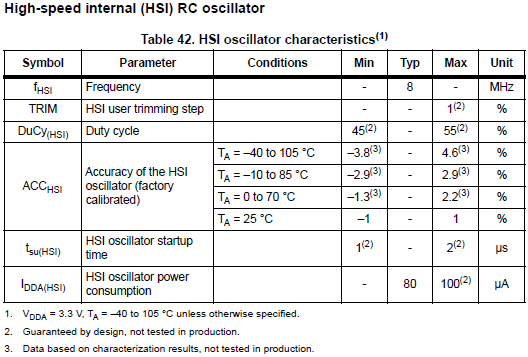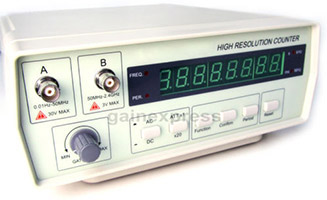
[tps_header][/tps_header]
Here we have a good example of how a requirement for a simple tool spirals out of control and spawns a project that takes months to complete and ends up dwarfing the project that it was originally expected to facilitate. You see, some time ago I was fiddling around with a project, something to do with data logging, probably, I’ve actually forgotten what I was up to.
Said project would have used an MCU to acquire and timestamp data over an extended period of time and I quickly realised that the oscillators and quartz crystals used to generate the clock tree inside an MCU are not accurate enough to track wall-clock time over extended periods.
At the bottom of the accuracy pile are the built-in oscillators that you get inside MCUs that enable crystal-free operation. For example, the high-speed internal (HSI) clock in an STM32F072 has a factory trimmed accuracy range of ±2.9% over a temperature range of -10 to 85°C.

The HSI operates at 8MHz so that means ±23.2kHz. Over the course of an hour this could mean a drift of more than 10 seconds.
What about the external crystals? Well they’re much better with a typical tolerance of ±30ppm and can be found on most cheap MCU development boards.

An 8MHz crystal running with a tolerance of ±30ppm would drift by a tenth of a second per hour or just two and a half seconds per day, temperature fluctuations not withstanding.
So that got me thinking. As long as I’m operating at a reasonably constant temperature then my data logger could apply a periodic correction to my timekeeping clock so that I’d have very accurate timings over a period of days.
But how do I measure the accuracy of the crystal that’s clocking my MCU? The answer is with a frequency counter. Off to ebay I go. There’s a wide range of counters out there, from the cheapest bare-PCB options to the high-end laboratory grade equipment from the likes of HP (I hold out the hope that one day they’ll drop the comedy names and actually be HP again).

Opposite ends of the product spectrum
Occupying the middle ground there’s the no-name VC3165 unit that looked very tempting and can be had for about £60 from Hong Kong.

The VC3165 generic counter
I almost bought it but instead I somehow managed to persuade myself that it’d be a fun and educational project to design and build a frequency counter myself that could be used for general purpose measurement but would contain features tailored specifically to calibrating MCU clocks.








